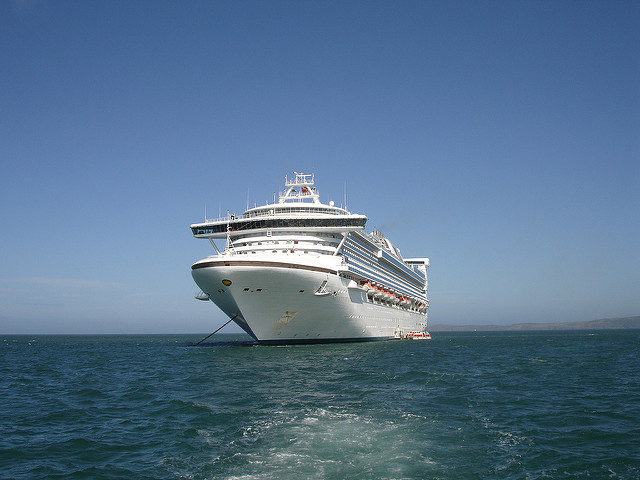A booming industry expanding across the world’s greatest oceans. That is an apt description for one of the fastest growing sectors of the global tourist industry, cruising.
This charming and relaxing way of passing an annual vacation – or the journey of a lifetime – is attracting increasing numbers tourists from across the globe every year.
The Europe’s Mediterranean sea and the Caribbean islands are amongst the most popular destinations for cruises, with more than 20 million passengers enjoying cruises globally each year. Around 50% of those passengers come from North America.
Despite the US being one of the countries hit hardest by the global economic crash of 2008 the number of people enjoying cruises worldwide has risen gradually from 17.8 million in 2009 to 23 million in 2015. This has in part been due to the intelligent marketing by the cruise lines and in part by the steady improvements to their services and tours.
Indeed, last year the worldwide cruise industry generated almost $40 billion (£26.71) in revenue and the growth in the sector is set to continue for years to come. With half of the world’s cruise passengers being from the US the upturn in the American economy over the past couple of years is good news for the industry.
In 2013, the passenger capacity of the global cruise industry was 415,000 and this figure is expected to rise to 521,000 by 2018.
That means within a couple of years more than half a million people could be cruising the world’s oceans at any one time as tourists, not including those traveling by ferry or private vessel.
Contrary to popular perception cruise passengers are spread fairly equally across the age spectrum, with a quarter falling equally in the 30-39, 50-59 and 60-74 age brackets. Unsurprisingly the vast majority of cruise travelers are employed, most are university educated and 84% of them are married, enjoying on average an annual household income of around £80,000.
A 2012 study by the Business Research & Economic Advisors group into the economic contribution of cruise tourism to destination economies showed that a single docking from an average cruise ship of 3,000 passengers and 500 crew members generates around £200,000 in passenger spending, £33,500 in crew spending and approximately £10,000 in port fees.
Today’s giant cruise ships offer a wealth of luxury and entertainment for passengers. Giant swimming pools and water slides, theatre shows, sky-diving simulators, robotic bartenders, celebrity chef kitchens and top of the range fitness facilities mean there is something on offer for every generation.
From major travel agencies worldwide to independent travel agents working with the likes of the-travel-franchise.com/ finding the right package to suite any individual’s taste is possible.
The Caribbean and the Bahamas remain as the number one cruise territory worldwide enjoying a huge 35.5% market share, followed by the Mediterranean (19.5%) and non-Mediterranean Europe (10.6%), Asia (6.0%), Australia, New Zealand & South Pacific (6.0%), Alaska (4.5%) and South America (2.9%).
Carnival Corporation (including the Princess brand and Costa Cruises), Royal Caribbean International and Norwegian Cruise Line are the market leaders but smaller companies also provide variety and ever evolving packages for passengers. Cruising the world’s beautiful seas has never been bigger business.



 Bitcoin
Bitcoin  Ethereum
Ethereum  Tether
Tether  XRP
XRP  Solana
Solana  USDC
USDC  Cardano
Cardano  TRON
TRON  Lido Staked Ether
Lido Staked Ether  Avalanche
Avalanche  Toncoin
Toncoin